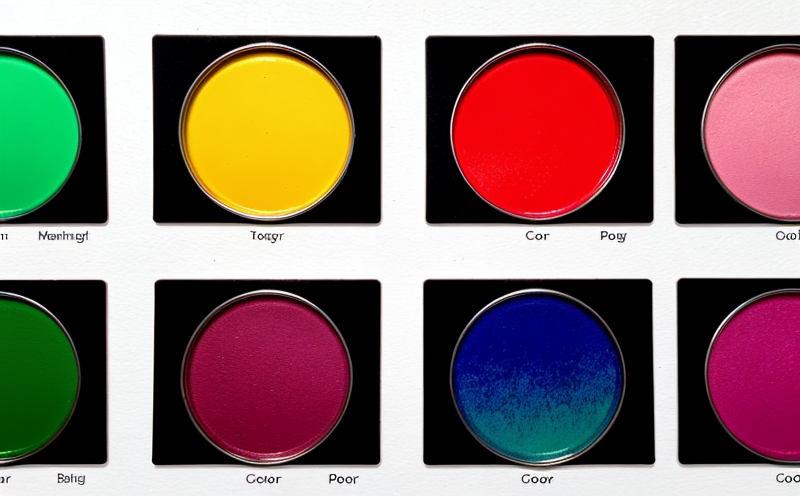IEC 62754 Spectral Distribution Testing of LED Light Sources
The IEC (International Electrotechnical Commission) 62754 standard is a pivotal document in the lighting industry, providing guidelines for the measurement and evaluation of the spectral distribution of light sources. This standard ensures that LEDs are accurately characterized, meeting both regulatory requirements and consumer expectations regarding color quality.
Understanding the spectral distribution of an LED is crucial because it directly impacts perceived color temperature, which can vary significantly between different manufacturers' products even if they have nominally identical correlated color temperatures (CCT). IEC 62754 provides a structured approach to measuring and reporting this critical parameter, allowing for consistent assessment across various applications.
The testing process involves precise measurement of the light emitted by an LED using specialized equipment capable of capturing data at multiple wavelengths. This information is then used to create a spectral power distribution (SPD) curve, which offers detailed insights into how the LED emits light across the visible spectrum. Compliance with IEC 62754 ensures that any discrepancies in color quality are identified early in the product development cycle.
For R&D engineers and quality managers, this testing is essential for optimizing product design and ensuring consistency across production batches. It helps in identifying potential issues during manufacturing by comparing test results against predefined acceptance criteria. This not only enhances product reliability but also improves brand reputation through consistent performance.
The standard has been widely adopted globally due to its robustness and comprehensiveness. Compliance with IEC 62754 is often a prerequisite for market entry in many countries, making it an indispensable tool for manufacturers aiming to penetrate international markets successfully. Additionally, this testing supports continuous improvement efforts by providing actionable data that can be used to refine manufacturing processes.
To achieve accurate results, adherence to the standard's specifications regarding specimen preparation and measurement conditions is crucial. This includes ensuring stable ambient temperature during measurements, using appropriate filters if necessary, and calibrating equipment regularly against known reference standards. Proper training of personnel involved in conducting these tests ensures consistent application of best practices.
The benefits of complying with IEC 62754 extend beyond mere regulatory compliance; they include enhanced product quality, increased confidence among stakeholders regarding color consistency, improved manufacturing efficiency through early detection of defects, and reduced costs associated with rework or recalls. By investing in this testing process now, businesses can future-proof their products against changing market demands while maintaining a strong competitive edge.
- Enhanced Product Quality: Ensures consistent color quality across different production batches.
- Increased Market Confidence: Builds trust with consumers and regulatory bodies alike.
- Improved Manufacturing Efficiency: Identifies defects early in the process, reducing waste.
- Reduced Costs: Minimizes the need for costly rework or product recalls.





